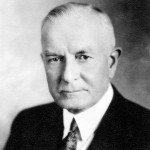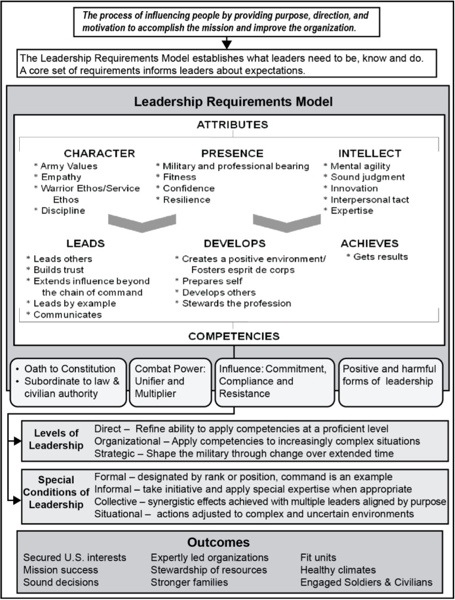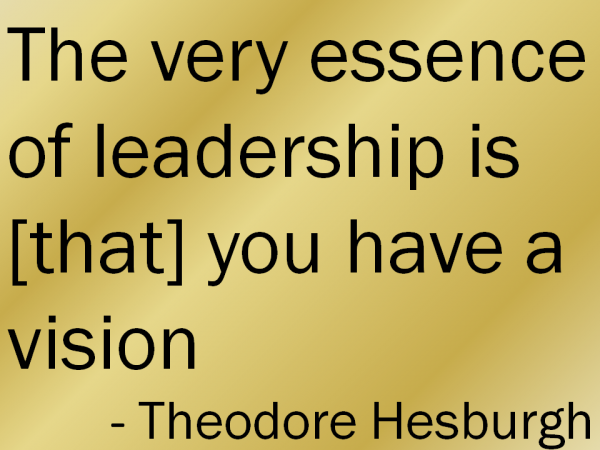I’m blessed with a father who is a life-long influence to me. Every day the influence of my father is evident in my mannerisms, my life view, and my drive for excellence. Without him the very essence of who I am would not be and the success I’ve achieved only a hope. The influence I receive has been extended to my wife’s father since our marriage. I am blessed with two Christian men, both elders in the church, on which I rely on for wise counsel and example.
The reality of my blessings remind me of a moment in Moses life during which he was struggling with the burden of leading the Israelites, a burden he took solely on his own. It was during an exchange recorded in Exodus 18 between Moses and his father-in-law Jethro that the power of a father’s influence is realized. An influence that ultimately enabled Moses to endure the hardships of leading God’s people as they journeyed to the promised land. Jethro instructed Moses in some of the most profound leadership principles we use today, span of control and delegation. The salient verse in the exchange reads this way:
So Moses listened to his father-in-law and did all that he had said. (Exodus 18:24 NASB)
During this exchange Moses greets Jethro with great reverence, Jethro in turn praises Moses accomplishments, through God, before offering his counsel. Jethro’s advice was built on a relationship of mutual respect and honor without which the advice would likely have been disregarded.
Then Moses went out to meet his father-in-law, and he bowed down and kissed him; and they asked each other of their welfare and went into the tent. (Exodus 18:7 NASB)
You will notice as you read through the Biblical account that Moses’ father is never mentioned beyond his heritage from the Tribe of Levi. Rabbinical literature indicates his father was Amram who was “one of the long-lived saints whose life extended over many generations of Jews.” Maybe because Moses was raised by Pharaoh’s daughter he doesn’t seem to have been around for Moses. Modern cultures are creating families without fathers. I’m fortunate to not be included in that population but if you are be like Moses and seek advice from the one with whom you have that fatherly relationship. If you don’t have someone, seek them.
Fathers and children alike should consider the relationship between Moses and Jethro as a strong model:
1. Build a relationship of honor mutual respect before counsel is required
2. Fathers, do not hesitate to guide your children, even if they are adult leaders of thousands
3. Children, listen to your fathers and do what they say
4. Fatherly wisdom doesn’t always come from biological fathers.
5. Glorify God together for the blessings he provides
So Jethro said, “Blessed be the Lord who delivered you from the hand of the Egyptians and from the hand of Pharaoh, and who delivered the people from under the hand of the Egyptians. Now I know that the Lord is greater than all the gods; indeed, it was proven when they dealt proudly against the people.” (Exodus 18:10, 11 NASB)
Happy Father’s Day Dad and Lou David. You are a blessing to my life.






